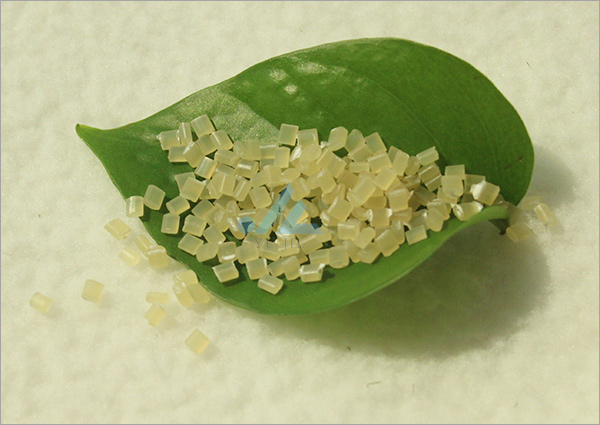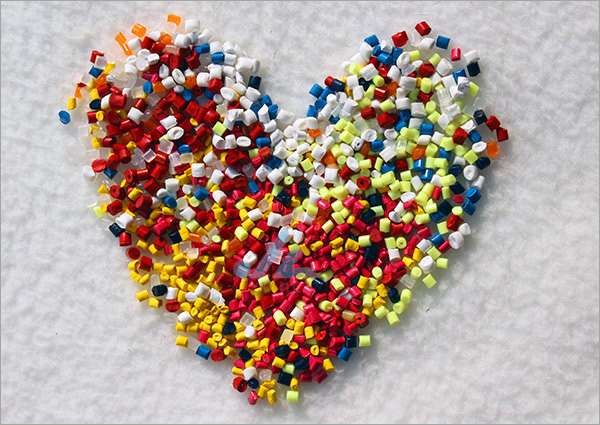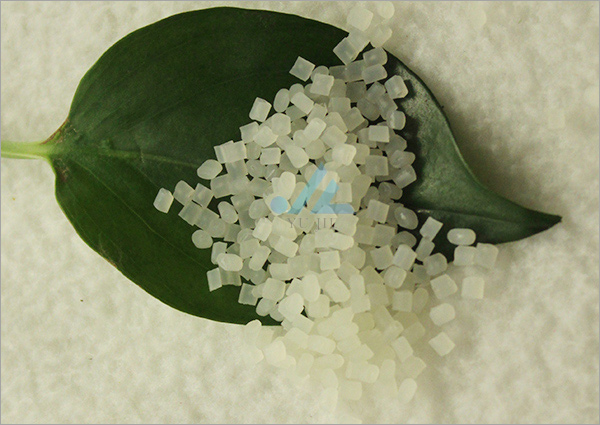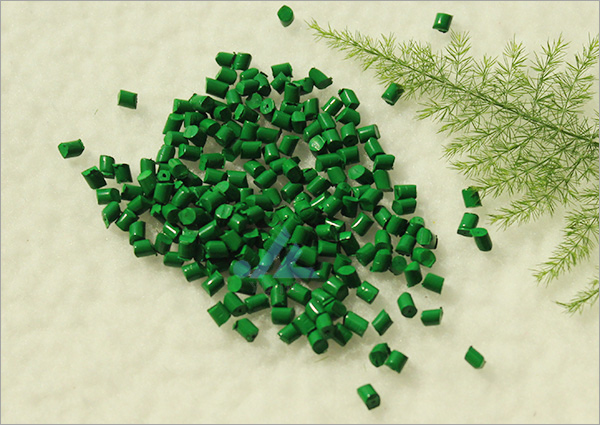- Innovation and upgrading in the textile industry open up new development space!
- The cold of winter has arrived, and static electricity is coming. How can we take precautions in our daily life?
- Jinchun Polymer congratulates the successful convening of the 2025 National Academic, Technical and Trade Information Exchange Conference on Plastic Coloring and Masterbatch!
- Hangzhou Yujie Chemical Co., LTD. Non-woven fabric color masterbatch, welcome to purchase!
- The operation of China's industrial textile industry was generally stable in the first three quarters of 2025!

- Tel: 0086-13957173655
- Email: zpl620504@163.com
- Add: Canghexia No. 36, Tiyuchang Road, Xiacheng District, Hangzhou, Zhejiang, China
As a masterbatch of professional manufacturers, how to control the masterbatch production costs and expand profit margins, is the production of the top priority. It is generally economical to produce small batch masterbatches by one-pack predispersion, but if large quantities are required additional costs must be taken into account for the single packs that are produced in production relative to pure pigments.
Color Masterbatch of the traditional methods of production
Most masterbatches are mainly made of powdered pigments. Pigments required for a single color are thoroughly blended with powdered plastic raw materials by dispersing aids, such as waxes, and then dispersed in a twin-screw extruder, evenly distributed throughout the plastic raw material.
Note: The effects of dispersion in a laboratory twin-screw extruder are not necessarily the same as those on the production line, so color values must be checked at the very beginning and corrected as necessary.
One-component production of color masterbatch
The production of single-color masterbatches is done in two steps. The first step is to produce single-component masterbatches, which are produced first, and then masterbatches. Dispersing the pigment in the plastic raw material at the highest allowable concentration is referred to as a one-component method.
At present, up to 40-50% of organic pigments and up to 75% of inorganic pigments can be dispersed into plastic by extrusion to achieve good dispersion.
Note: good dispersion quality refers to the plastic pigment particles are very delicate, to get the best possible color penetration, on the other hand, does not allow more than 5 microns pigment agglomeration, so as to avoid the formation of stains.
The single-component color adjustment and sampling in the laboratory and the production of the masterbatch are all done by a single-screw extruder. Because the pigment is well dispersed, different single components need only be melted and mixed in a single screw extruder.
Due to the same quality of dispersion in laboratory and in actual production, the actual transferability of raw material color values obtained in the laboratory can be guaranteed in actual production.
The cost factor of extrusion production
The production costs of extrusion (equipment costs, energy, labor, cleaning agents and scrap etc.) depend on the machine type and size used and the size of the batch processed.
Twin-screw extruder granulation
The cost of dispersing organic pigments into plastics in a twin-screw extruder is not high. Parallel to the twin-screw extruder, the aspect ratio of not less than 40, in order to ensure proper input, extrusion screw has several components from the kneading function, with this extruder generally produce a smaller amount of organic pigment masterbatch .
Inorganic pigments have high density and are easier to disperse, so production with twin-screw extruders is much higher. Therefore, the dispersion cost per unit of inorganic pigment is lower than that of organic pigment. Maximum Pigment Concentration and Large Machine Mass Production Minimize Dispersion Costs per Unit Pigment.
Single screw extruder granulation
Since single-screw machines do not have to be dispersed, they may only need to be melted and mixed, and so are much simpler in structure than twin-screw extruders. People are not only more willing to buy, but also have the following advantages: easy to clean, low production loss, easy to operate, granular raw materials clean, dust-free, fast mixing.
Select the type of extruder based on the order quantity
Small order (≤1t)
When working with small batches of 25 to 1000 kg, smaller machines are generally used. In view of the fact that single-screw extruders have been described above, the most obvious advantage of processing lots up to 500 kg with a small extruder (eg 45 mm screw diameter) is most obvious. The additional cost of one-component production is compensated for with powdered pigments. Color Masterbatches are therefore ideally flexible (rapid reaction units) due to their very fast color change.
Larger order (≥3t)
If masterbatch yields exceed 3 tons, the cost of production with single-screw and twin-screw extruders is comparable, at which point the most economical way must be based on the recipe. If an inorganic pigment (such as TiO2) and an organic pigment compound are to be dispersed in a twin-screw extruder, the organic pigment portion may be added as a single component, so long as the inorganic pigment is dispersed. Because organic pigments do not need redispersion, inorganic pigments can be dispersed at higher output speeds.
- The cold of winter has arrived, and static electricity is coming. How can we take precauti
- Innovation and upgrading in the textile industry open up new development space!
- Jinchun Polymer congratulates the successful convening of the 2025 National Academic, Tech
- Hangzhou Yujie Chemical Co., LTD. Non-woven fabric color masterbatch, welcome to purchase!
- The operation of China's industrial textile industry was generally stable in the first thr
- Don't let your guard down in autumn sun protection! Ultraviolet rays are still strong. Ple
- The textile industry forges new competitive advantages!
- Yujie non-woven fabric masterbatch speaks with product quality. Welcome to call for consul
- A brief overview of the operation of the industrial textiles Industry from January to Augu
- Hangzhou Yujie nonwoven Fabric color masterbatch, facilitating more nonwoven fabric produc



